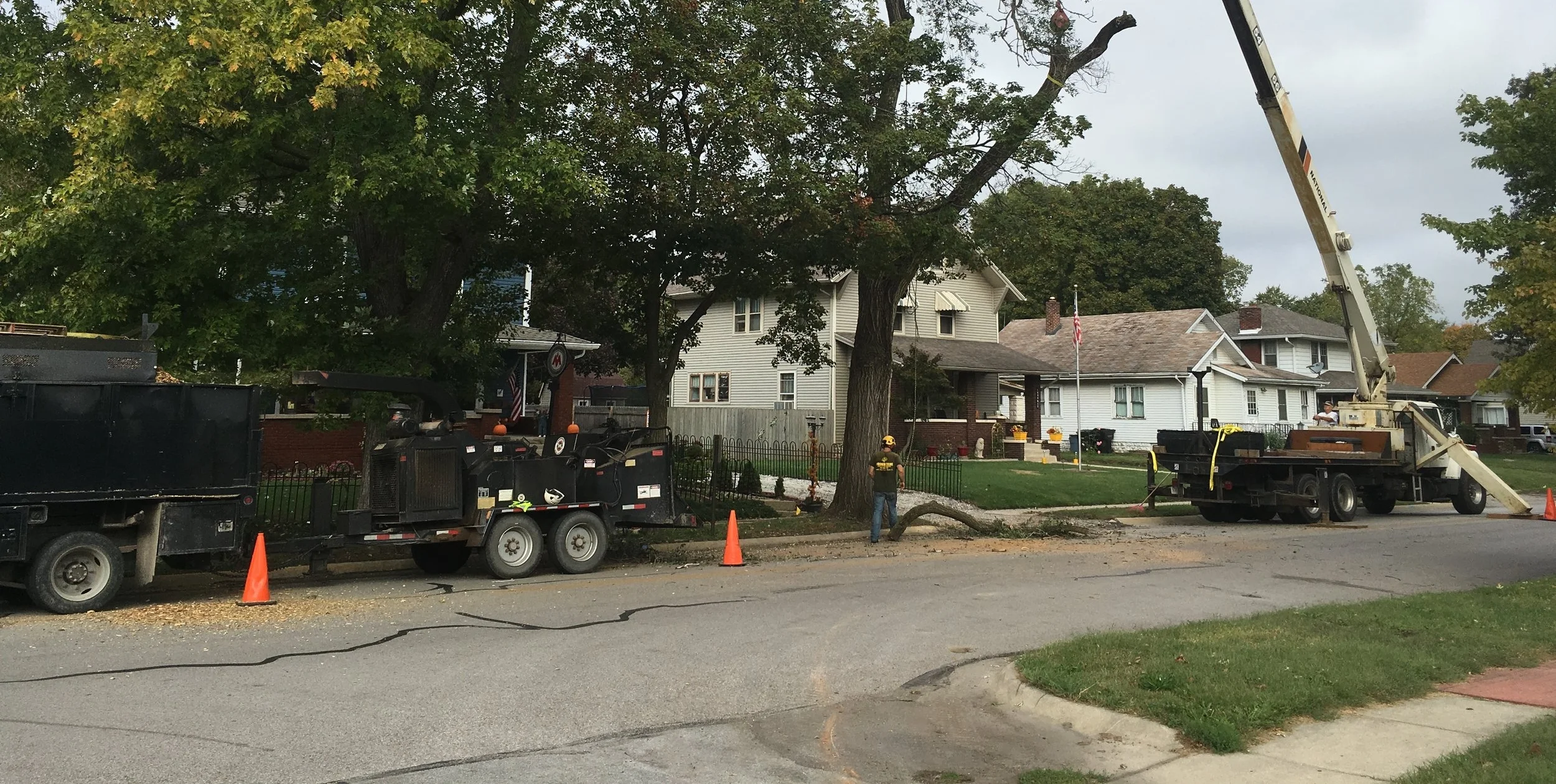Call on Browning Tree Service for Your Tree and Stump Removal
/When we remove a tree, we usually recommend grinding the stump, too. Stump grinding is a method of tree stump removal where a specialized machine, called a stump grinder, is used to grind down the stump into wood chips below ground level. This process typically removes the visible stump and any exposed roots, but leaves some root systems behind to decompose naturally.
With Stump Grinding you will…
Improve the look and use of your property.
Avoid tripping hazards and accidents.
Protect against disease or insects
Stop new growth.
“Browning Tree Service removed five large Silver Maple trees, two tall pine trees and nine stumps from our yard. The tree were over one hundred years old and took special skills and equipment to complete the job. Joshua and his employees exhibited hard labor and completed the job in time and with efficiency, They regarded our property with care and to our complete satisfaction.” - Dale B.
Click here to watch our Stump Grinder in Action.
Browning Tree Service employs Joshua Browning ISA certified arborist license #KY-9849A who is a proud member of Indiana Arborist Association and International Society of Arboriculture, serving the West Lafayette and Lafayette, Indiana area.
Resources:










